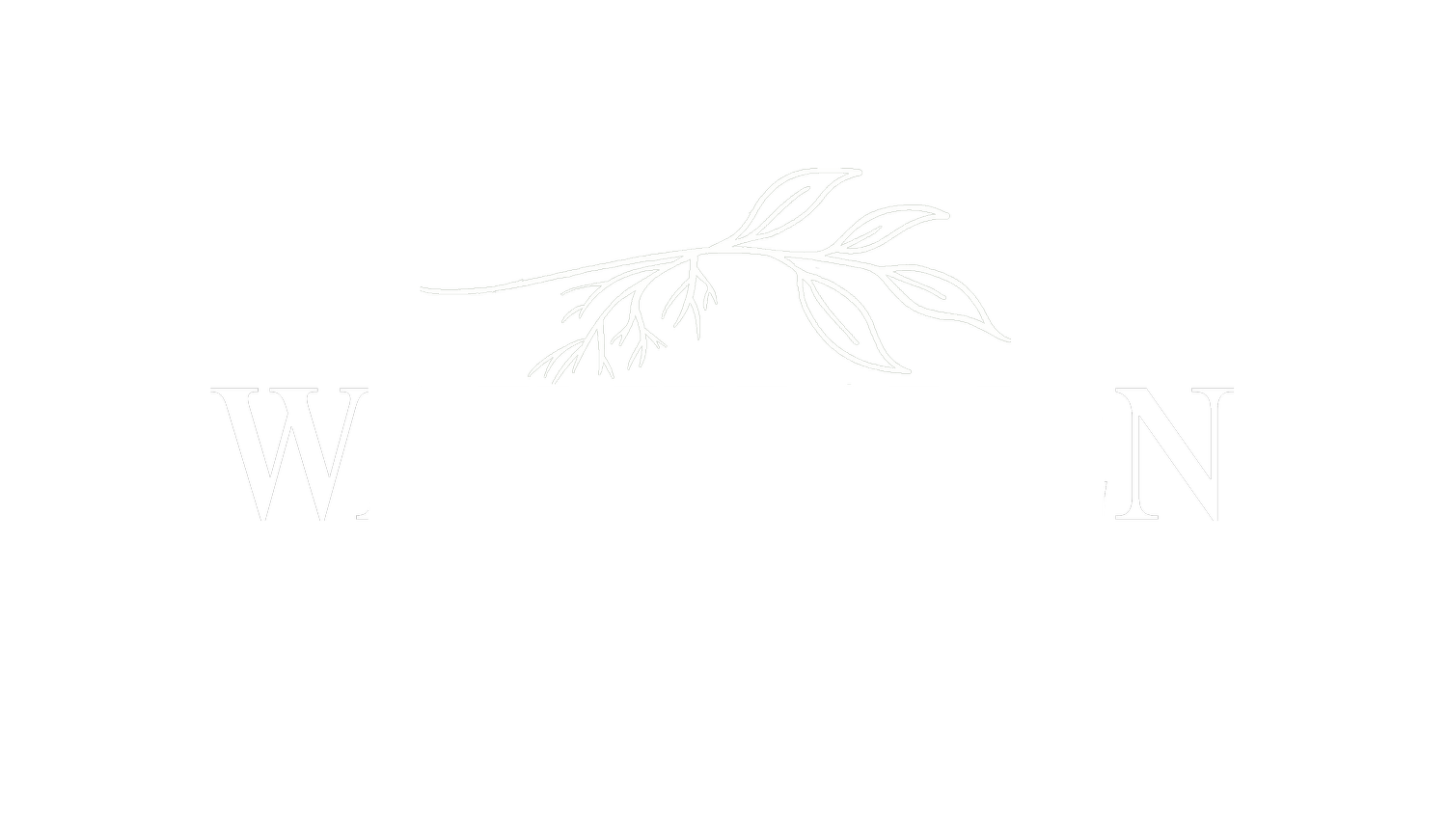Reiki: A River of Light Remembered
Back to the Mountain: Reiki’s Roots
If you’ve spent time with me—or wandered through WAINHAVEN—you’ve probably picked up on how much I love energy work. It has been such a vital part of my healing and spiritual journey and is just one way to nourish our mind, body, and soul. I have been so honored to be surrounded by incredible women who practice various modalities of energy work who have helped me along my path. Reiki is one of the many modalities of energy work I love and practice.
In this blog post, we trace the golden threads of where Reiki comes from, how it connects to other cultures, and why no two Reiki sessions are ever exactly the same, as well as what you can expect during a session at WAINHAVEN.
Reiki, as we know it today, was reawakened in the early 20th century by a Japanese seeker named Dr. Mikao Usui. After years of study and spiritual searching, he climbed Mount Kurama (just outside Kyoto), for a 21-day fast and meditation retreat.
On the final morning, he had a bright, radiant experience of energy and light flood his awareness. What followed was a practice that would help people reconnect to their inner source of vitality and peace. He called it Reiki, which roughly translates to “spiritual life-force energy.”
Rei (霊) – “sacred, universal, divine.”
Ki (気) – “life-force energy”
Usui passed his teachings to Chujiro Hayashi, who refined the method further, and then to Hawayo Takata, a Hawaiian-born woman who carried Reiki across the ocean and into the Western world. From there, the teachings branched outward, evolving gently through many hands and hearts.
A Philosophy Rooted in Simplicity
One of the reasons Reiki resonates so deeply is that it’s simple. It doesn’t ask us to believe in anything specific or take on a rigid doctrine. Instead, it invites us to come back to ourselves, just as we are—quiet, open, and willing.
Usui offered five precepts to guide daily life:
“Just for today...
I release anger.
I let go of worry.
I am grateful.
I do my work honestly.
I am kind to all living things.”
There’s a beautiful spaciousness in these words. Reiki isn’t something we do as much as something we remember. It flows through us—not from us. We simply become the channel.
A Universal Energy by Many Names
Reiki’s essence is ancient. Cultures all over the world have honored this idea of vital life force flowing through everything:
India —Prana —Breathwork, Ayurveda, chakra work
China —Qi (Chi) —Acupuncture, Qigong, Tai Chi
Polynesia— Mana — Lomi Lomi, Ho‘oponopono
Celtic —Nwyfre —Herbal healing, elemental work
Christian Mysticism— Holy Spirit —Laying-on-of-hands, blessing rituals
Reiki isn’t meant to replace these traditions—it simply offers another way to access the same sacred current. It’s open-hearted and adaptable, and in my experience, it often finds its way to those who are seeking gentle healing without dogma.
Lineage: Why Every Reiki Master Feels a Little Different
One of the things I find most beautiful about Reiki is that each practitioner carries a lineage, an energetic inheritance passed down through attunements. I am fortunate enough to get a double dip of “inheritance” because my mother was the Master to teach and attune me. ;)
My mother has been a reiki master for well over a decade; her hands become incredibly warm and her energy is undeniable. Her practice connects deep to the energy of the earth and has a beautiful shamanistic twist. Even though I was attuned by her and am her daughter, my practice looks a little different.
When a Reiki student is attuned by a teacher, they’re not just learning a technique. They’re stepping into a flow of energy that includes the wisdom, presence, and experiences of every teacher before them. That energy is alive and it grows with each generation.
At the same time, each Reiki Master brings their own soul essence to the practice. No two of us will ever offer Reiki in exactly the same way. Some of us carry a soft, dreamy energy. Others feel like warm sunlight. Some sessions may be filled with quiet images or intuitive messages, while others are simple and still.
I don’t believe there’s a right or wrong way—it’s all part of the living, evolving beauty of this work.
What You Might Feel in a Session
People often ask me what a Reiki session feels like. And while the answer varies from person to person, some common experiences include:
A gentle warmth or tingling sensation
A sense of peace or sleepiness
Emotional release (tears, laughter, memories surfacing)
Soft visuals or colors
A quiet “reset” in the nervous system
Sometimes, people simply fall into a restful nap—and that’s perfectly okay. The energy knows where to go. You don’t have to do anything but receive.
Reiki at WAINHAVEN: A Soul-Guided Approach
In my own practice, I weave Reiki together with the tools and traditions that speak to my heart. That might look like:
Using tuning forks and sound bowls
Bringing in crystals that match the client’s needs
Using teas, scents, and gentle sounds
Calling on guides or ancestors for gentle support
It’s all intuitive, and it always depends on what feels most supportive in the moment. No two sessions are ever the same—just like no two people are ever the same. I simply hold space and allow the energy to do what it does best.
A Quiet Invitation
If you’ve been curious about Reiki—maybe feeling the tug to try it—I’d love to connect. Whether you’re processing something heavy, craving rest, or simply seeking clarity, Reiki has a way of meeting you right where you are.
You can learn more or book a session through my services link, or reach out with questions anytime.
Thank you for being here and for opening your heart to this gentle practice. May Reiki flow wherever it's needed most in your life—softly, steadily, and with love.
Much Love and Light,
Jenn
